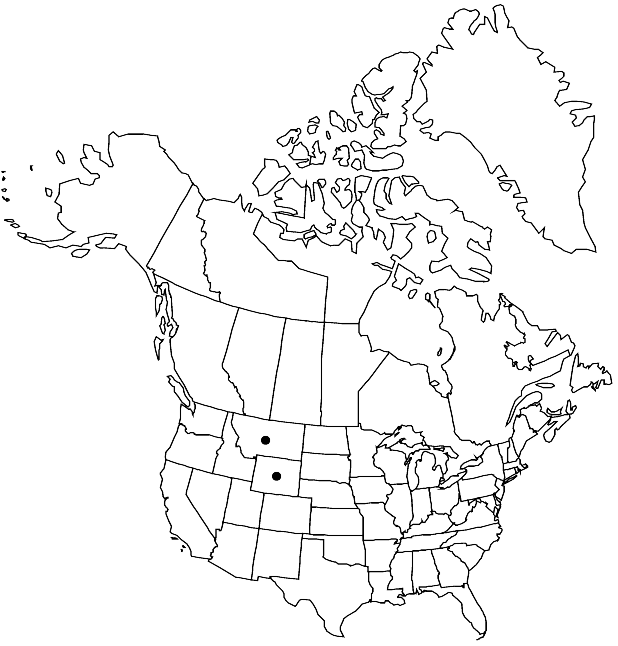Difference between revisions of "Physaria saximontana"
Contr. Gray Herb. 214: 13. 1984.
RevisionBot (talk | contribs) m (Bot: Adding category Revision Pending) |
imported>Volume Importer |
||
| Line 60: | Line 60: | ||
|publication year=1984 | |publication year=1984 | ||
|special status=Endemic | |special status=Endemic | ||
| − | |source xml=https:// | + | |source xml=https://bitbucket.org/aafc-mbb/fna-data-curation/src/2e0870ddd59836b60bcf96646a41e87ea5a5943a/coarse_grained_fna_xml/V7/V7_1126.xml |
|tribe=Brassicaceae tribe Physarieae | |tribe=Brassicaceae tribe Physarieae | ||
|genus=Physaria | |genus=Physaria | ||
| Line 66: | Line 66: | ||
}}<!-- | }}<!-- | ||
| − | --> | + | -->[[Category:Treatment]][[Category:Physaria]] |
| − | |||
| − | [[Category:Treatment]] | ||
| − | [[Category:Physaria | ||
| − | |||
Revision as of 23:30, 5 November 2020
Perennials; caudex usually simple; (silvery) pubescent throughout, trichome rays furcate. Stems several from base, prostrate to decumbent, 0.3–1 dm. Basal leaves (rosulate; petiole winged); blade orbicular to broadly obovate, 1.5–3 cm, margins entire or with broad, obscure toothlike angles each side at apex, (apex obtuse, surfaces densely pubescent, trichomes appressed). Cauline leaves: blade broadly spatulate to linear-oblanceolate, 1–1.5 cm, margins entire. Racemes condensed, (subumbellate to slightly more elongated, few-flowered). Fruiting pedicels (divaricate-ascending, straight to slightly curved), 6–10 mm. Flowers: sepals (yellowish, often with some purple), narrowly lanceolate, 5–6 mm; petals spatulate, 7.3–9.2 mm, (not clawed). Fruits didymous, irregular, suborbicular, deeply bilobed, inflated in age, 10–12 × 12–15 mm, (papery, basal sinus absent or obsolete, apical sinus deep); valves (retaining seeds after dehiscence), densely pubescent, trichomes spreading, (ovaries and immature fruit downy); replum narrowly ovate to broadly oblong, not narrowed at middle, as wide as or wider than fruit, apex acute to obtuse; ovules 4 per ovary; style 3–7 mm. Seeds flattened.
Distribution

Mont., Wyo.
Discussion
Subspecies 2 (2 in the flora).
Physaria saximontana (especially subsp. dentata) is morphologically similar to 22. P. didymocarpa.
Selected References
None.
Key
| 1 | Basal leaf blades: margins entire, apices rounded to angled; styles 3-5 mm. | Physaria saximontana subsp. saximontana |
| 1 | Basal leaf blades: margins dentate (teeth broad), apices angled; styles 4-7 mm. | Physaria saximontana subsp. dentata |